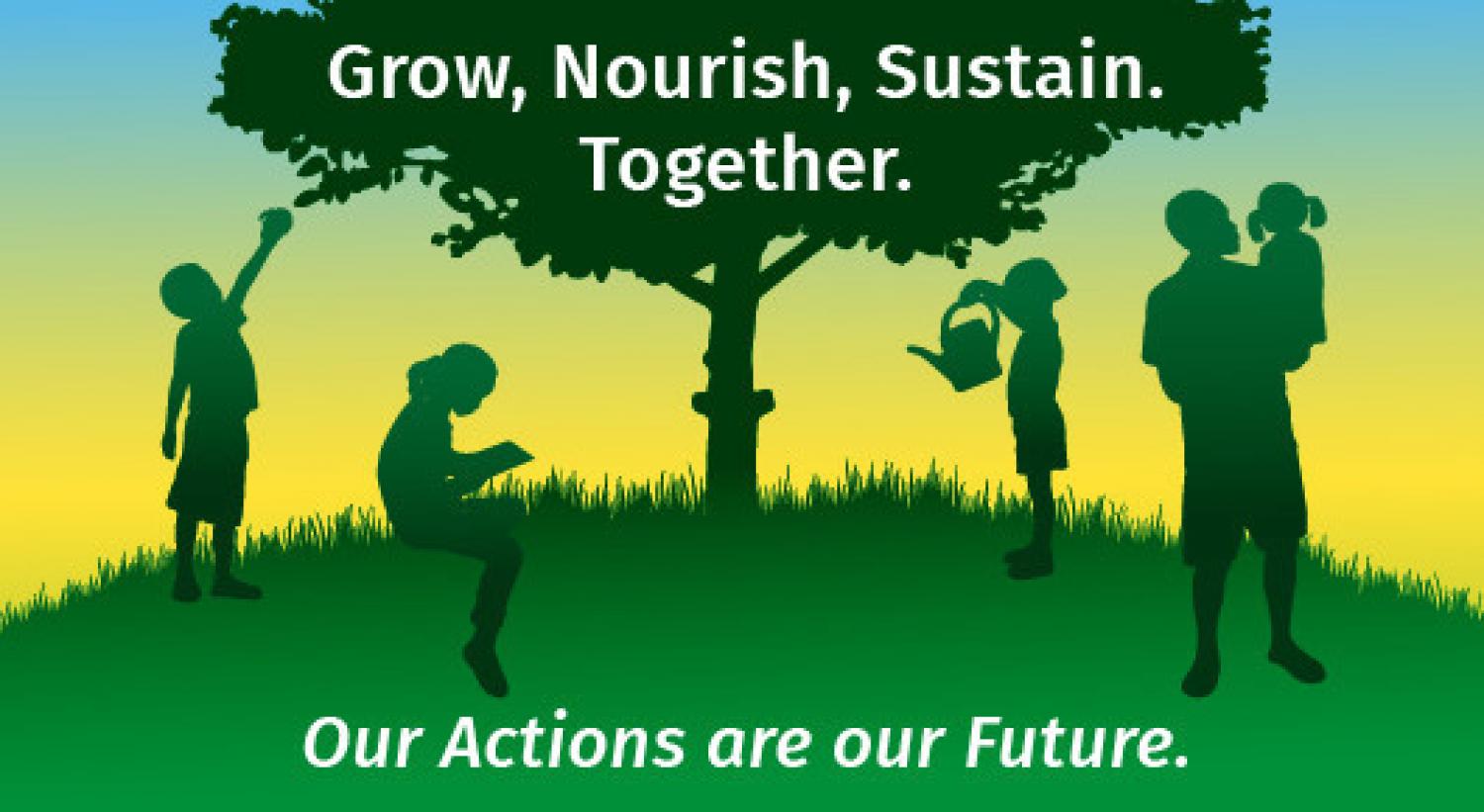
Each year, the Food and Agriculture Organization of the United Nations (FAO) celebrates World Food Day on October 16th to commemorate is founding in 1945. In support of this years theme - 'Grow, Nourish, Sustain. Together' - Elsevier presents a curated, open access collection of 40 journal articles and book chapters focussed on increasing food security and sustainability.
In the 75 years since the founding of FAO, the world has made great progress in the fight against poverty, hunger, and malnutrition. Agricultural productivity and food systems have come a long way. Still, too many people remain vulnerable.
As part of our SDG Impact of COVID-19 podcast series, RELX’s Global Head of Corporate Responsibility, Dr Márcia Balisciano, spoke to Dr Sam Scheiner, Editor-in-Chief of the Encyclopedia of Biodiversity. As discussed during this episode, there is a clear link between nutrition and our immune systems, something that has become even more important in light of the pandemic. More than 2 billion people do not have regular access to enough safe, nutritious food. The COVID-19 pandemic has added to this challenge, threatening to reverse important gains in food security, nutrition, and livelihoods. Now is the time to address the persistent inequalities and inefficiencies that have continued to plague our food systems, economies and social support structures. Now is the time to build back better.
World Food Day 2020 is calling for global solidarity to help all populations, and especially the most vulnerable, to recover from the crisis, and to make food systems more resilient and robust so they can withstand increasing volatility and climate shocks, deliver affordable and sustainable healthy diets for all, and decent livelihoods for food system workers. This will require better social protection, innovation and digitalization, and sustainable agricultural practices that preserve the Earth’s natural resources, our health, and the climate. But we all have a role to play, from increasing the overall demand for nutritious food by choosing healthy, to not letting sustainable habits fall by the wayside, and joining the global solidarity effort, despite these uncertain times.
Food Packaging and Shelf Life, Volume 26, December 2020
The recent sharp increase of sensitivity towards environmental issues arising from plastic packaging has boosted interest towards alternative sustainable packaging materials. This new trend promotes the industrial exploitation of knowledge on chitosan-based films. Chitosan has been extensively investigated and used due to its unique biological and functional properties. However, inherent drawbacks including low mechanical properties and high sensitivity to humidity represent major limitations to its industrial applications, including food packaging.
Encyclopedia of Food Security and Sustainability, Volume 1, 2019, pages 9-16
Polymer Science and Innovative Applications, Materials, Techniques, and Future Developments, 2020, Pages 525-543
Saving Food, Production, Supply Chain, Food Waste, and Food Consumption, 2019, pages 1-31
Microorganisms for Sustainable Environment and Health, 2020, pages 383-400
Climate Change and Food Security with Emphasis on Wheat, 2020, Pages 1-29
Nutraceutical and Functional Food Regulations in the United States and around the World (Third Edition), 2019, Pages 3-11
Aging, Nutrition and Taste: Nutrition, Food Science and Culinary Perspectives for Aging Tastefully, 2019, Pages xi-xvi
Intelligent Data Mining and Fusion Systems in Agriculture, 2020, Pages 1-15
One Earth, Volume 2, 20 March 2020
A grand challenge facing humanity is how to produce food for a growing population in the face of a changing climate and environmental degradation. Although empirical evidence remains sparse, management strategies that increase environmental sustainability, such as increasing agroecosystem diversity through crop rotations, may also increase resilience to weather extremes without sacrificing yields.
One Earth, Volume 3, 24 July 2020
Producing food exerts pressures on the environment. Understanding the location and magnitude of food production is key to reducing the impacts of these pressures on nature and people. In this Perspective, Kuempel et al. outline an approach for integrating life cycle assessment and cumulative impact mapping data and methodologies to map the cumulative environmental pressure of food systems. The approach enables quantification of current and potential future environmental pressures, which are needed to reduce the net impact of feeding humanity.
One Earth, Volume 3, 21 August 2020
Global climate change and land degradation are two grand changes facing humanity. In this perspective, we examine how degraded and abandoned farmland can be harnessed to fight climate change. Building upon and extending natural climate solutions, we suggest that the carbon capture and storage of abandoned farmland can be accelerated and maximized through restoring the diversity of plant species, applying biochar to soil, and co-developing renewable energy such as solar power. The benefits of these approaches extend far beyond climate-change mitigation and land restoration.
Trends in Food Science and Technology, Volume 95, January 2020
Background: Fruits and vegetables are an excellent source of nutrients, with numerous health benefits. Most consumers are not meeting the daily recommended intake of fruits and vegetables. Yet, a significant amount of fruits and vegetables that is produced is wasted. There are opportunities to recover the wasted fruits and vegetables for manufacturing value-added products to improve the sustainability of healthy diets and reduce the environmental footprint.
